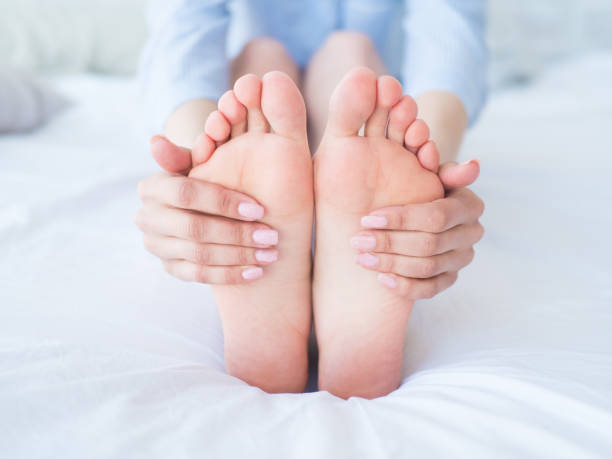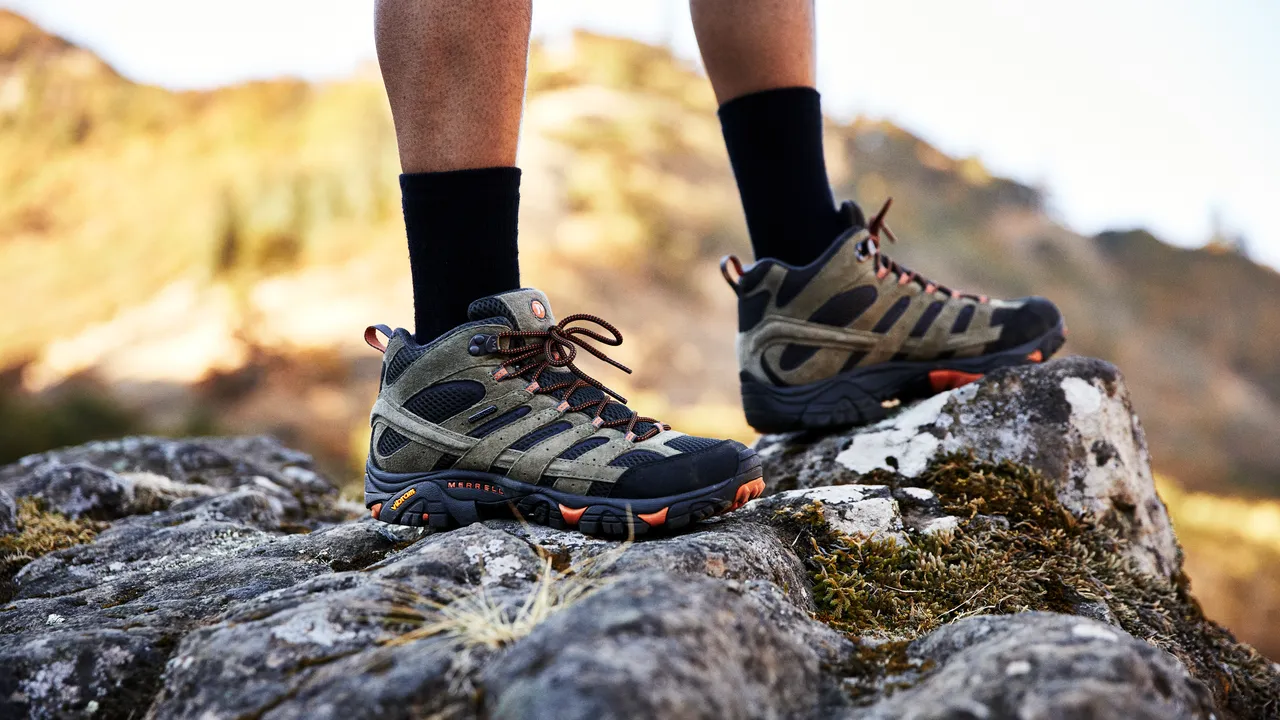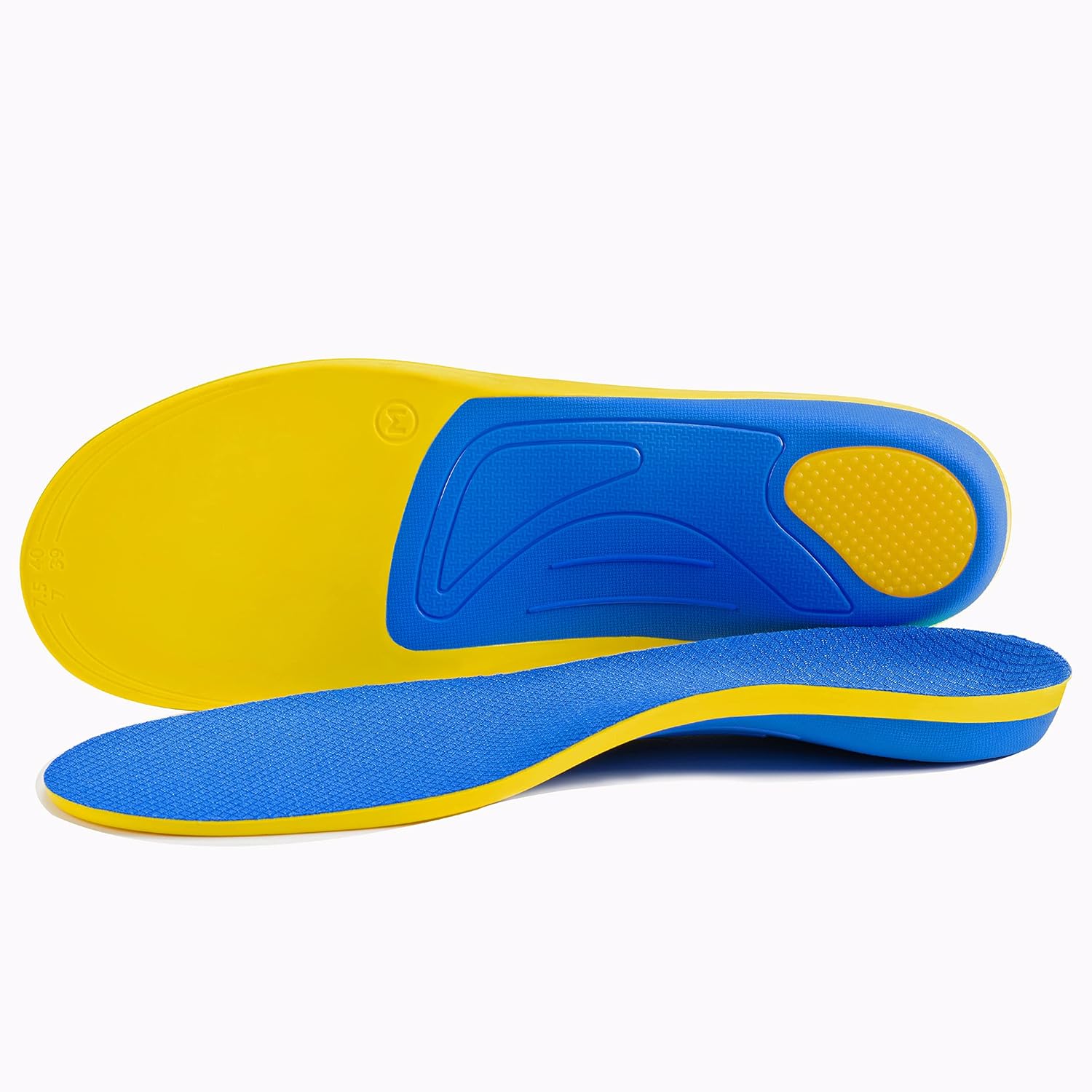Embark on a journey to revitalized feet with our expert guide on daily foot care routines. Discover secrets to maintaining healthy feet, ensuring comfort, and preventing common foot problems, for a happier, more active life.
Introduction
Feet, often overlooked in daily self-care routines, are crucial for mobility and overall well-being. This comprehensive guide delves into the significance of foot care, offering detailed advice to ensure your feet remain healthy and fully functional. By integrating these practices into your daily life, you can prevent common foot ailments and enhance your quality of life.
Table of Contents
The Critical Role of Foot Care
Your feet, intricate assemblies of bones, muscles, and ligaments, are pivotal in supporting your body’s weight and facilitating movement. Neglecting foot care can lead to discomfort and conditions such as blisters, corns, calluses, fungal infections, and, in more severe cases, complications related to diabetes. Proper foot care is not just about avoiding discomfort; it’s about maintaining mobility and independence, underscoring the importance of a daily foot care regimen.

Comprehensive Daily Foot Care Routines

1. Ensuring Cleanliness for Healthy Feet
Daily Washing: Thoroughly cleanse your feet with soap and water daily, paying special attention to the spaces between your toes. This simple step is fundamental in warding off bacteria and fungi.
Thorough Drying: Post-wash, drying your feet completely is crucial. Moist environments are breeding grounds for fungal infections, making it essential to dry well between the toes.
2. Moisturizing Daily
Hydration for Your Feet: Regular application of a quality foot cream or moisturizer keeps the skin soft and prevents dryness and cracking. Ingredients like urea or lanolin are particularly beneficial for dry skin.
3. Nail Care
Proper Trimming: Cut your nails straight across to prevent ingrown toenails. Avoid cutting too short and use a file to smooth the corners, preventing them from piercing the skin.

4. Choosing the Right Footwear
The Perfect Fit: Ill-fitting shoes can cause numerous foot problems. Ensure your shoes fit well, offering proper support and comfort.
Breathability: Select shoes made from materials that allow your feet to breathe to minimize the risk of fungal infections.

5. Sock Selection
Keep Feet Dry: Change your socks daily or more often if you’re prone to sweating, to keep feet dry and reduce fungal infection risks.
Material Matters: Opt for cotton or moisture-wicking fabrics to help keep feet dry.

6. Foot Exercises
Flexibility and Strength: Regular stretching and exercises like toe curls and heel raises can strengthen foot muscles, enhancing stability and mobility.
7. Foot Protection
Sunscreen Application: Don’t neglect your feet when applying sunscreen. Protect their skin just as you would any other part of your body.
Outdoor Precautions: Always wear protective footwear outdoors to guard against injuries and burns.
8. Regular Foot Check-ups
Self-Inspection: Regularly examine your feet for any abnormalities or signs of problems. Early detection is key to preventing complications.
Professional Evaluations: An annual visit to a podiatrist is advisable, especially for individuals with pre-existing conditions like diabetes.
Caring for your feet is a journey that requires attention, consistency, and the right knowledge. By adopting these daily routines, you’re not just taking steps to maintain healthy feet; you’re also taking strides towards a more active and fulfilling life.
Addressing Common Foot Problems

Ingrown Toenails
- Prevention: Trim your toenails straight across rather than rounding the corners to prevent the nail from growing into the skin. Avoid cutting nails too short.
- Management: Soak your feet in warm water several times a day to reduce swelling and relieve discomfort. If the condition worsens or becomes painful, consult a podiatrist for professional treatment.
Plantar Fasciitis
- Prevention: Wear shoes with adequate arch support and cushioning. Regularly stretch your feet, especially before and after exercise, to keep the plantar fascia ligament flexible.
- Management: Rest and ice the affected area to reduce inflammation. Over-the-counter pain relievers may also help. If pain persists, physical therapy or orthotic inserts may be recommended by a healthcare provider.


Diabetic Foot Ulcers
- Prevention: For individuals with diabetes, maintaining controlled blood sugar levels is crucial. Conduct daily inspections of your feet for cuts, blisters, or sores. Wear diabetic-friendly shoes that minimize pressure points.
- Management: Seek immediate medical attention for any wounds to prevent infections. Treatment may involve wound care, medication, and possibly surgery to heal the ulcer and prevent complications.
Athlete’s Foot
- Prevention: Keep your feet dry and clean. Wear sandals in public showers and locker rooms. Choose socks that wick moisture away from the skin.
- Management: Over-the-counter antifungal creams or sprays can effectively treat athlete’s foot. For persistent cases, a healthcare provider may prescribe a stronger antifungal medication.


Bunions
- Prevention: Wear comfortable shoes with a wide toe box and avoid high heels to reduce pressure on the toes. Exercises that stretch and strengthen the feet can also help.
- Management: Padding and splints may provide relief from discomfort. In severe cases, surgery may be necessary to correct the bunion and relieve pain.
Hammer Toes
- Prevention: Avoid shoes with narrow toe boxes and high heels. Toe stretches and exercises can strengthen toe muscles and maintain flexibility.
- Management: Orthotic devices or non-medicated pads may help relieve pressure and pain. Severe cases might require surgery to straighten the toe.


Heel Spurs
- Prevention: Wear well-cushioned shoes with good arch support. Maintain a healthy weight to reduce pressure on your feet.
- Management: Rest, ice, and over-the-counter pain relievers can help manage discomfort. Physical therapy exercises and custom orthotics may also be beneficial.
Blisters
- Prevention: Wear properly fitting shoes and moisture-wicking socks to reduce friction, the primary cause of blisters.
- Management: Cover blisters with a sterile bandage to protect them. Avoid popping blisters to reduce the risk of infection. Let them heal naturally.


Corns and Calluses
- Prevention: Use padded insoles and ensure your shoes fit well to minimize friction and pressure on your feet.
- Management: Do not attempt to cut off corns and calluses yourself. Seek professional help from a podiatrist for safe removal and treatment.
Fungal Infections
- Prevention: Keep your feet clean and dry. Choose shoes made of breathable materials and avoid sharing footwear to prevent fungal infections.
- Management: Apply antifungal treatments as recommended. For persistent infections, consult a healthcare provider for prescription-strength options.

Nutritional Considerations for Foot Health
Hydration
Benefits: Maintains skin elasticity, reducing the risk of dryness and cracks in the feet.
Advice: Drink plenty of water throughout the day to ensure adequate hydration.
Balanced Diet
Benefits: Supports overall foot health with essential vitamins and minerals. Calcium and vitamin D are particularly important for maintaining bone health.
Advice: Include a variety of foods in your diet, such as dairy products for calcium and fortified foods or sunlight exposure for vitamin D.
Omega-3 Fatty Acids
Benefits: Omega-3s have anti-inflammatory properties that can help reduce pain and swelling in the feet, particularly beneficial for conditions like plantar fasciitis and arthritis.
Sources: Fatty fish (such as salmon, mackerel, and sardines), flaxseeds, chia seeds, and walnuts.
Magnesium
Benefits: Magnesium supports muscle health and prevents cramps and spasms in the feet. It also contributes to bone health.
Sources: Green leafy vegetables, nuts, seeds, whole grains, and legumes.
Vitamin E
Benefits: Vitamin E supports circulation and helps keep skin hydrated, promoting healing and reducing the risk of dry, cracked heels.
Sources: Nuts and seeds, spinach, broccoli, and plant-based oils like wheat germ, sunflower, and almond oil.
Vitamin C
Benefits: Essential for the production of collagen, a key component of skin and connective tissues in the feet. Vitamin C also aids in the healing of wounds.
Sources: Citrus fruits, strawberries, bell peppers, kiwifruit, and broccoli.
Zinc
Benefits: Zinc plays a vital role in wound healing and can help repair skin damage on the feet. It also supports immune function, helping to fight off infections.
Sources: Meat, shellfish, legumes, seeds, nuts, and dairy products.
Protein
Benefits: Adequate protein intake is crucial for the repair and growth of tissues, including those in the feet. It supports muscle strength and helps in the recovery of injuries.
Sources: Lean meats, poultry, fish, dairy products, legumes, and tofu.
Potassium
Benefits: Potassium helps balance fluids in the body, which can reduce swelling and inflammation in the feet.
Sources: Bananas, oranges, cantaloupes, sweet potatoes, spinach, and tomatoes.
| Arch Support |
| Arch Supports |
| Best Arch Support Insoles |
| Best Insole for Plantar Fasciitis |
| Insole for Flat Feet |
Interactive Foot Care Quiz: Test Your Knowledge!
Are you a foot care expert or do you have more to learn about keeping your feet healthy? Take our interactive foot care quiz to find out! With questions ranging from basic hygiene to more in-depth queries about foot health, this quiz is designed to test your knowledge and provide you with valuable insights into proper foot care. Whether you’re a seasoned podiatry enthusiast or just starting to pay attention to your feet, this quiz is for you.
Instructions:
- Answer each question to the best of your ability.
- At the end of the quiz, you’ll receive a score with feedback on your answers.
- Learn where you excel and where you could improve your foot care routine.
Questions:
- How often should you wash your feet to maintain optimal foot health?
- A) Once a week
- B) Every day
- C) Only after exercising
- What is the best way to prevent fungal infections?
- A) Wearing tight shoes
- B) Keeping your feet dry and clean
- C) Applying moisturizer between your toes
- Which nutrient is essential for bone health and can help prevent foot problems?
- A) Vitamin C
- B) Calcium
- C) Protein
- What is a common sign of plantar fasciitis?
- A) Increased sensitivity to cold
- B) Sharp pain in the heel or bottom of the foot
- C) Frequent toenail discoloration
- Which of the following is an effective way to treat corns and calluses?
- A) Regularly applying ice to the affected area
- B) Cutting them off with sharp objects at home
- C) Wearing well-fitted shoes and using protective pads
- How can you prevent ingrown toenails?
- A) Trim your nails in a rounded shape
- B) Trim your nails straight across
- C) Wear smaller shoes to limit nail growth
- For individuals with diabetes, why is foot care particularly important?
- A) They have a higher risk of foot injuries due to decreased sensation
- B) Their feet are more prone to dry skin only
- C) Diabetes does not affect foot health
- What type of socks is best for keeping your feet dry and preventing fungal infections?
- A) Thick wool socks
- B) Cotton or moisture-wicking fabrics
- C) Nylon socks
- Why is it important to apply sunscreen to your feet?
- A) To improve skin hydration
- B) To protect against sunburn and skin damage
- C) Sunscreen application is not necessary for feet
- Which exercise is beneficial for strengthening foot muscles?
- A) Toe curls and heel raises
- B) Arm curls
- C) Neck stretches
- What is a key dietary consideration for maintaining healthy feet?
- A) High sugar intake
- B) High intake of omega-3 fatty acids
- C) Avoiding water to reduce swelling
- When should you consider seeing a podiatrist?
- A) Only when you have severe foot pain
- B) For regular check-ups and if you notice any changes or problems with your feet
- C) It’s never necessary to see a podiatrist
[Start Quiz]










